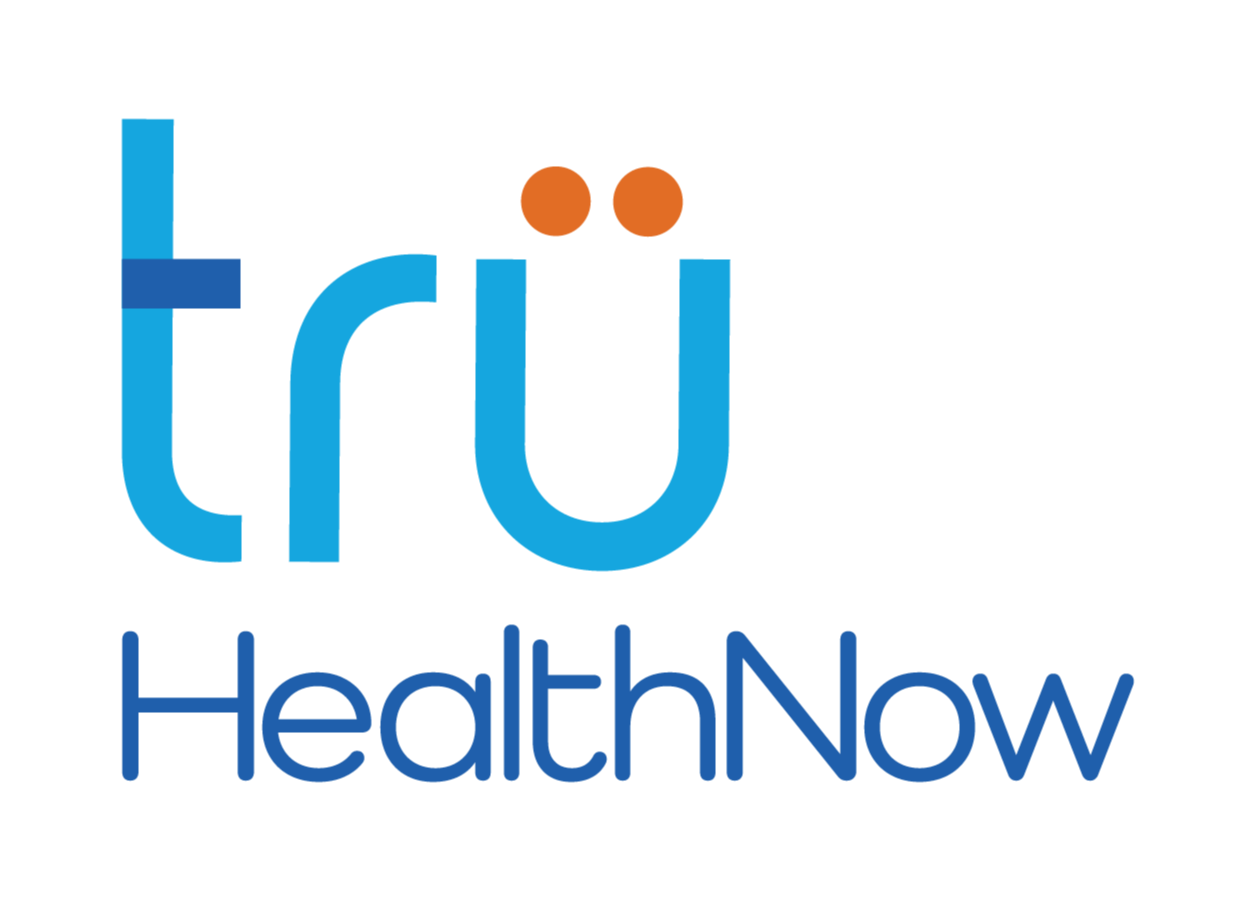
Employee Physicals
Employee physicals, also known as pre-employment physicals, are medical examinations conducted on job applicants or employees to evaluate their overall health and fitness for a specific job. The purpose of these exams is to ensure that employees can perform their job duties without any risk to themselves or others. In this article, we will discuss employee physicals in detail, including their benefits, types, and how to prepare for them.
Benefits of Employee Physicals
Employee physicals offer several benefits to both employees and employers. For employees, these exams can help detect underlying health issues that may require medical attention. Early detection of health problems can lead to prompt treatment and prevent future complications. For employers, employee physicals can help reduce the risk of workplace accidents and injuries by ensuring that employees are physically capable of performing their job duties.
Types of Employee Physicals
There are different types of employee physicals, and the type of exam required may vary depending on the job requirements. Here are some of the most common types of employee physicals:
- General Health Exam: This exam includes a review of the employee's medical history, a physical exam, and laboratory tests. The purpose of this exam is to evaluate the employee's overall health and identify any underlying medical conditions.
- Fitness for Duty Exam: This exam is conducted to determine if an employee is physically capable of performing their job duties. It is often required for jobs that involve heavy lifting or other physically demanding tasks.
- Department of Transportation (DOT) Exam: The DOT exam is required for employees who operate commercial motor vehicles (CMVs). The exam includes a review of the employee's medical history, a physical exam, and laboratory tests. The purpose of this exam is to ensure that CMV operators are physically capable of safely operating a vehicle.
- Respirator Clearance Exam: This exam is required for employees who use respirators in the workplace. The exam includes a review of the employee's medical history, a physical exam, and a pulmonary function test. The purpose of this exam is to ensure that the employee is medically cleared to wear a respirator.
- Hazardous Materials (HAZMAT) Exam: This exam is required for employees who handle hazardous materials. The exam includes a review of the employee's medical history, a physical exam, and laboratory tests. The purpose of this exam is to ensure that the employee is physically capable of handling hazardous materials safely.
Preparing for an Employee Physical
If you are scheduled for an employee physical, there are a few things you can do to prepare for the exam. Here are some tips:
- Review The Job Requirements: Before the exam, review the job requirements to understand the physical demands of the job. This will help you prepare for the exam and provide accurate information to the healthcare provider.
- Bring Medical Records: If you have any pre-existing medical conditions, bring your medical records to the exam. This will help the healthcare provider understand your medical history and provide appropriate recommendations.
- Wear Comfortable Clothing: Wear comfortable clothing to the exam, as you may be required to perform physical tasks or exercises.
- Get Plenty Of Rest: Get a good night's sleep before the exam, as fatigue can affect your physical performance.
- Avoid Alcohol And Drugs: Avoid alcohol and drugs before the exam, as they can affect your physical and mental performance.
Reasons Employers Conduct Pre-Employment Physicals
Employers conduct pre-employment physicals to ensure that job applicants are physically capable of performing the duties of the job without risk to themselves or others. These exams can help detect underlying health issues that may require medical attention, and early detection can lead to prompt treatment and prevent future complications.
Pre-employment physicals also help employers reduce the risk of workplace accidents and injuries by ensuring that employees are physically capable of performing their job duties.
Additionally, these exams can help employers comply with legal requirements, such as those set by the Department of Transportation (DOT) for commercial motor vehicle operators. By conducting pre-employment physicals, employers can create a safer and healthier work environment for their employees while protecting their business from potential liability.
Conclusion
Employee physicals are an essential part of ensuring workplace safety and preventing workplace injuries. They offer several benefits to both employees and employers, including early detection of health problems and reduced risk of workplace accidents. There are different types of employee physicals, and the type of exam required may vary depending on the job requirements.
Sign up for our newsletter






%201.png)
